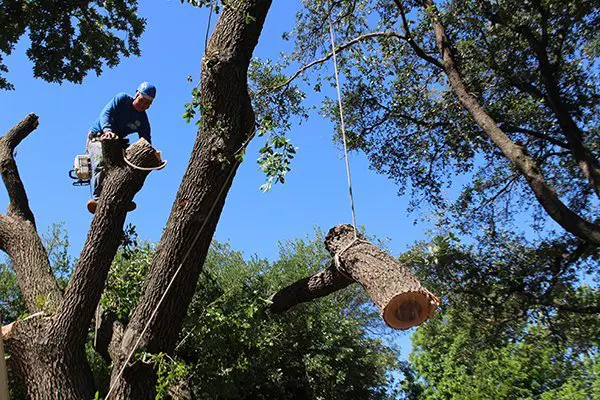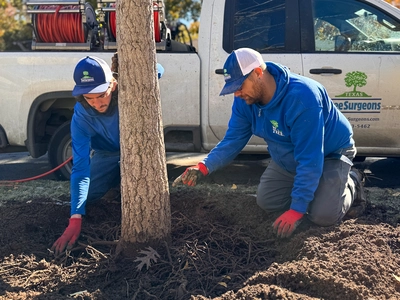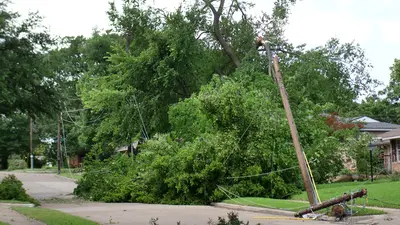
Local Arborist Services
We Love Trees
What is an arborist?
Arborists are professionals in the field of arboriculture, and are focused on the care and management of trees. Arborists who exhibit a high level of knowledge and experience may apply for certification as Certified Arborists through the International Society of Arboriculture (ISA). To achieve the designation of ISA Certified Arborist®, candidates must successfully pass a comprehensive examination and are required to maintain their certification through ongoing continuing education.
For further details regarding the various credentials available through the ISA and the qualifications held by our team at Texas Tree Surgeons, please visit this page.
Why do you and your trees need an ISA Certified Arborist?
Trees in an urban setting bring value to our community and have face issues that trees growing naturally in a forest setting do not. Local certified arborists will be familiar with the local trees, soil types, and environmental stressors. In addition to the issues that are common to urban trees, such as competition with turf grass, proximity to structures and roadways, and poor soil quality, local certified arborists know about concerns related to common tree species and pest activity in your area. Certified arborists are equipped to properly assess and diagnose your trees and provide accurate recommendations for care.
Arborist Services
View Photos of our Arborists Providing Different Types of Consultation

CONSTRUCTION PROTECTION
Construction is the most common cause of tree death in urban environments. Under the supervision of a Certified Arborist in the planning phase of construction can help assess the potential impact to your trees and suggest modifications in plans when possible. One helpful action is to erect barriers as far from the base of the trunk as possible, or a minimum of the drip line.

DIAGNOSING COMPACTION
Our ISA Certified Arborists can assess your property for tree care issues including compaction and recommend a course of action to remedy the issues. Diagnosing compaction involves an understanding of local soil types, property information related to activities affecting the soils, as well as a thorough knowledge of tree types and common issues.

FERTILIZATION
Our Tree Health Care Programs are designed to deliver the right nutrients at the right times throughout the year. We use the highest quality soil conditioners and fertilizers that are delivered at critical points throughout the seasons to optimize the growth and health of trees.

INSPECTING FOR POSSIBLE DECAY
Sometimes issues with a tree aren't clearly visible on the outside so an arborist will need to inspect the interior. An arborist does this by probing with a small knife to see how extensive the decay in a region of a tree is. Arborists are able to use this information along with other signs to determine if there are potential structural issues or possible increased chances for failure.

MEASURING DBH
The best way to approximate the size of a tree is to measure their dbh, (diameter, breast, height). This enables our arborists to estimate the amount needed for Tree Health Care products or pricing for Tree Removal.


























